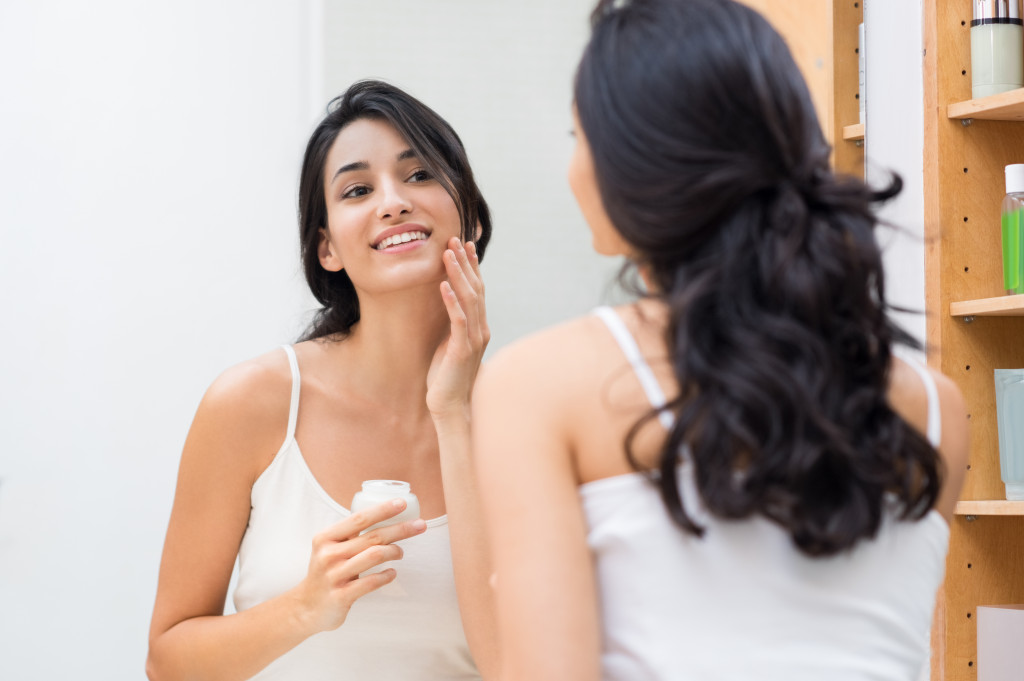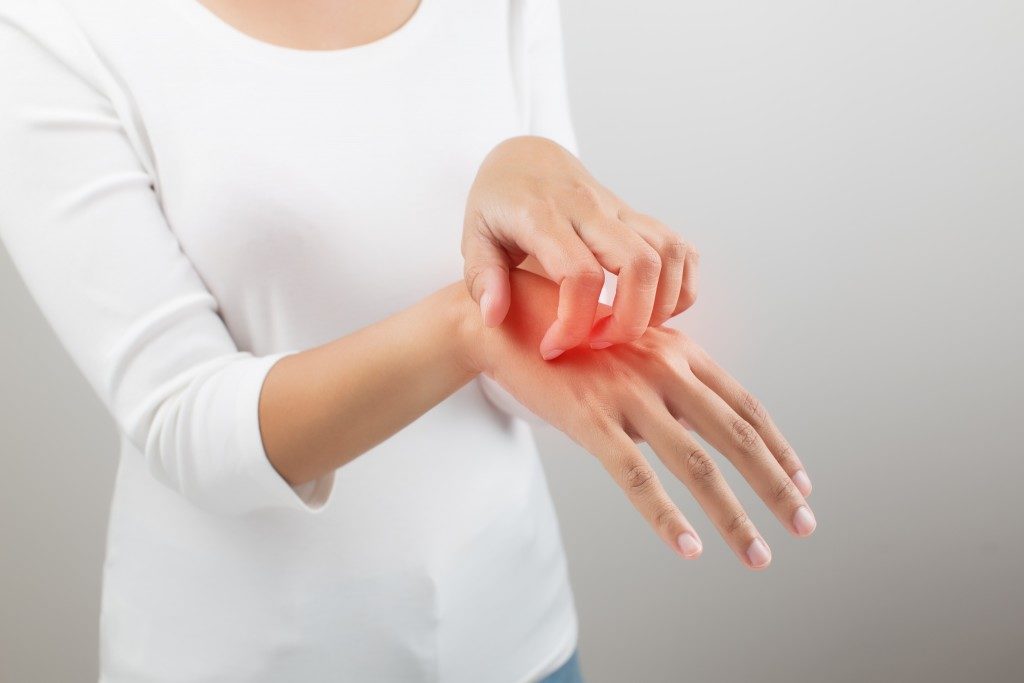When you stand in the middle of your room, there’s nothing much to notice. It’s there all day and all night. Yet, when you look closely, there are things that can be changed to make your skincare routine work better.
Schedule a Health Checkup
Changes in the skin can signal health problems for the rest of the organs of the body. When you spot an unusual spot, discoloration, and other changes, consider thinking about the last time things were normal and what possible things could have happened. Going to a private diagnostic health clinic to have your general health checked is necessary if the change is still there after a few weeks.
Additionally, consulting YouTube skincare gurus is not enough to second guess what the skin—especially on the face—is going through and what it needs. Consulting a dermatologist to get an expert explanation and prescription can save you time, money, and effort, compared to only trying out some trendy products.
Change Pillowcases
Pillowcases absorb everything that’s on your face while sleeping. This is more prone to skincare products on the face when they’re not dried out well. As a result, there will be fewer products on your face than on the pillowcase. Additionally, hair products or dirt also go to the pillowcase and then the face, causing more risks for blemishes. The skin also produces sebum during sleep, as it does for the rest of the day. Together with the skincare products, pillowcases absorb them, too.
Over time, without frequent changes, these accumulate on the fabric and can be the breeding ground for bacteria. Of course, you wouldn’t want it on your face. The solution is simple: change them weekly. An additional tip is to shift to silk sheets because they absorb less stuff, and they’re less abrasive to the skin.

Clean Makeup Brushes
Makeup brushes go on the skin almost every day. Even if you don’t wear makeup that often, your brushes should be clean, nonetheless. Byrdie tested cleaned but unused makeup brushes and the results still had bacteria breeding on the dish.
A study by the Journal of Scientific Research tested makeup brushes, face sponges, and other cosmetic tools from salons. They found bacteria, yeast, and fungus in all samples. Sponges and makeup brushes were 100 percent contaminated with Staphylococcus aureus. 30.3 percent of makeup brushes were contaminated with fungal and yeast colonies.
By using unclean brushes — or even when you haven’t used a clean brush for a long time—you’re risking the health of your skin by introducing contaminants. These can go into your pores and potentially cause inflammation. It can also cause bacterial infection, especially when you apply it to open wounds or blemishes, such as acne.
Cleaning makeup brushes once a week is the minimum. The ideal number of times is every time you use them. If you need a makeup brush every day but don’t have the energy to clean them, having multiple makeup brushes can lessen the effort. Then, you can have one day at the end of the week to wash them all—much like laundry day.
Throw Out Expired Makeup
Expired makeup is definitely not worth it. Remember that makeup is made of chemicals, and past their shelf life, these chemicals can turn into something else, and they’re not always safe for the skin. Expired makeup also doesn’t perform as great as it did when they were new. You’re not only putting your skin at risk, but the chances of having botchy makeup are high as well.
Research from the Journal of Applied Microbiology found fungus and bacteria on 70 to 90 percent out of 467 lipsticks, eyeliners, mascara, lip glosses, and blender sponges. Two of these contaminants are E. coli and Staphylococcus aureus. It’s crucial to note that most of these products are already past their expiration date.
If you’re not sure about the expiration date, check the label and look for the little drawing of a tub with a number in it. It could be 3M, 6M, or 12M while some products last longer. The “M” stands for months, and the number is, well, the number of months the product can last. This is why it’s better to note when you bought a product, so people can properly estimate when it should hit the trash bin.
After spending hundreds of bucks on a skincare routine and not seeing valuable results, maybe it’s not the products on your face but the things in your room. Make sure makeup brushes are clean, and you might need to hit a cosmetics store for new makeup. Don’t overlook your pillowcases as well, and remember to get regular health check-ups.



